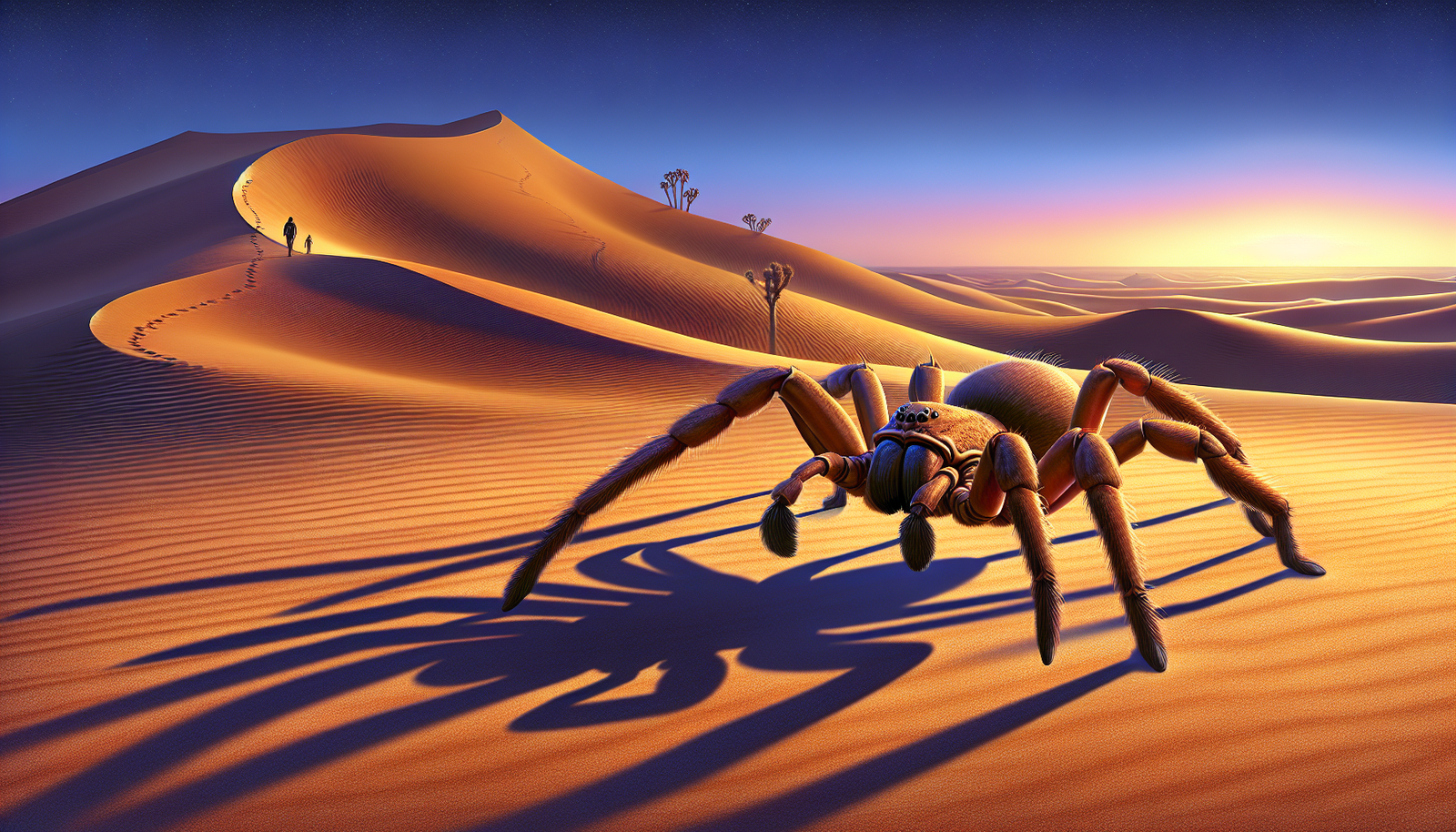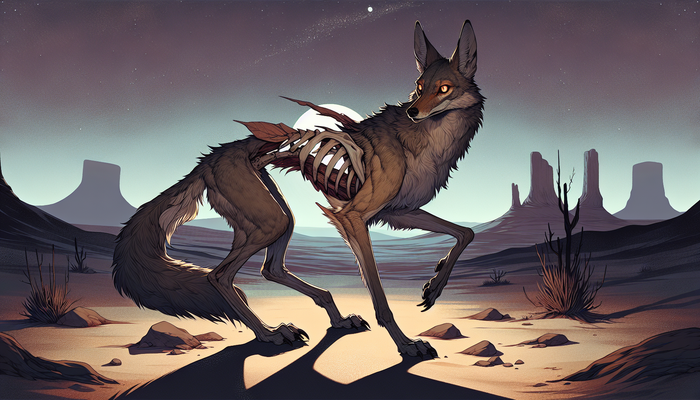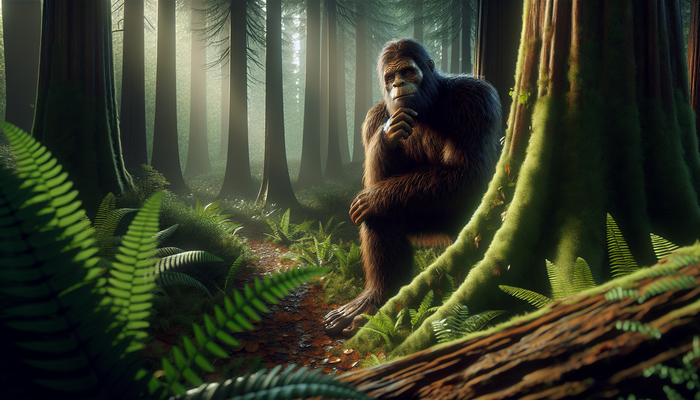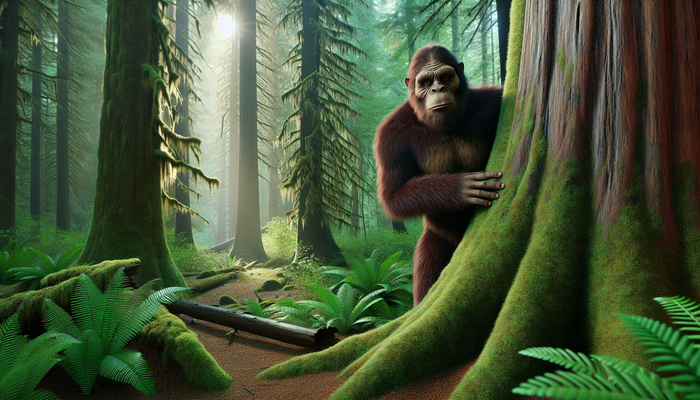The Giant Camel Spider's Speedy Secrets

Lucas Jennings, Cryptozoologist and Adventurous Naturalist
Introduction
The desert sands hold many mysteries, but few creatures spark the imagination quite like the giant camel spider. This arachnid enigma has haunted the cryptozoology community for decades, shrouded in myth and misinformation. As an Adventurous Naturalist driven by curiosity, I've made it my mission to unveil the truth about this desert phantom. What I've discovered is a fascinating animal finely adapted to its extreme environment, with some speedy secrets hidden beneath the legends. So leave your preconceived notions behind as we delve into the world of the misunderstood giant camel spider.
The Giant Camel Spider: An Arachnid Enigma
While often referred to as a spider, the giant camel spider actually belongs to the order Solifugae, meaning "those who flee from the sun" in Latin. This aptly describes their tendency to avoid sunlight. Despite having eight legs like spiders, they're an entirely different type of arachnid.
These tan, hairy cryptids grow to an impressive but not colossal size, reaching about 6 inches including leg span. Their massive jaws are the stuff of legend, occupying nearly a third of their body length. With two giant pincers lined with rows of teeth, it's no wonder they've inspired such fascination and fear.
The creature's name fuels misconceptions, as they neither resemble nor prey upon camels. Their habitat across deserts of the Middle East, Mexico, and the southwestern United States likely inspired this erroneous moniker. While they'll never eat a camel's stomach, their global distribution shows a remarkable ability to thrive in diverse arid climates.
Debunking Myths: The Truth Behind the Legends
Few cryptids have spawned more exaggeration than the giant camel spider. Whispered stories from the desert depict them as otherworldly monsters half the size of humans. As an ardent researcher, I'm driven to dispel these myths through factual investigation.
While viral photos depict camel spiders dwarfing soldiers, these images utilize forced perspective, making the arachnids appear far larger than their actual 6-inch size. Tales of them screaming while chasing prey are chilling works of fiction, as are claims of venomous bites that numb and eat people while they sleep. Science paints a very different picture of these maligned desert dwellers.
A Closer Look at Camel Spider Behavior and Ecology
Life in the desert requires remarkable adaptations, which the giant camel spider possesses in spades. As nocturnal hunters, they avoid the scorching sun while stealthily tracking down a diverse diet of insects, rodents, and small reptiles. Their speedy legs allow impressive sprints up to 10 mph to catch prey or zip to shade.
While fierce on the hunt, camel spiders pose no threat to humans when left undisturbed. Instead, they make diligent single parents, with females guarding their 50-200 eggs until hatching. The young emerge as tiny carbon copies of the adults, immediately ready to hunt.
Natural predators including scorpions and birds of prey keep camel spider populations in check. Their niche as desert exterminators contributes to a balanced ecosystem, curbing pesky insects and small rodents. Respecting their role means coexisting safely with these cryptic carnivores.
The Camel Spider in Cryptozoology and Science
As a cryptozoologist, the camel spider holds a unique place in my research. While not a hidden animal awaiting discovery, the sensationalism surrounding it evokes the mystery and intrigue that draw many to this field. The allure of the unexplained has fueled both fascination and fallacy when it comes to this desert dweller.
The path forward is not through far-fetched stories but through scientific inquiry aimed at understanding the natural world's endless wonders. As we peel back the hyperbole surrounding cryptids like the camel spider, our exploration must also be ethical, promoting conservation and consideration of indigenous cultures.
Factual investigation and open-minded curiosity can coexist, furthering knowledge while still embracing the sense of awe that makes camel spiders so captivating. My mission is to reignite that spirit of discovery through a thoughtful lens that illuminates rather than distorts the creatures at its center.
Conservation and Ethical Exploration
Urban legends can negatively impact perceptions, so I feel it's vital to restore the giant camel spider's reputation through education. Despite alarmist accounts, their conservation status remains relatively stable. However, habitat loss in their extreme desert environments is a growing concern in the face of development and climate change.
As explorers drawn to mysterious creatures, cryptozoologists must champion research conducted in an ethical manner that minimizes disruption to ecosystems and local communities. My encounters aim to promote the camel spider's conservation while advocating for its continued scientific investigation.
The camel spider's remarkable adaptations provide insights into biology, anatomy, behavior and evolution. Further study of these cryptids in their natural settings can expand our knowledge, if undertaken with care and consideration. Their speedy secrets still await discovery by thoughtful explorers.
Conclusion
The giant camel spider has been cloaked in myth and misinformation, but a factual examination reveals a remarkable desert survivor, not a monster. While sizable, it poses no threat to humans when left in peace within its harsh habitat. As we peel back the layers of hype, our responsibility is to understand and conserve these captivating cryptids and the habitats they call home. If we approach with ethics and empathy, the camel spider still has much to teach about resilience and life in unforgiving environments. Our curiosity will reveal far more through open-minded inquiry than inventing fearsome legends. By seeing this desert phantom clearly, we take the first step toward truly knowing its place in nature's marvelous web.
From Bigfoot to UFOs: Hangar 1 Publishing Has You Covered!
Explore Untold Stories: Venture into the world of UFOs, cryptids, Bigfoot, and beyond. Every story is a journey into the extraordinary.
Immersive Book Technology: Experience real videos, sights, and sounds within our books. Its not just reading; its an adventure.



























